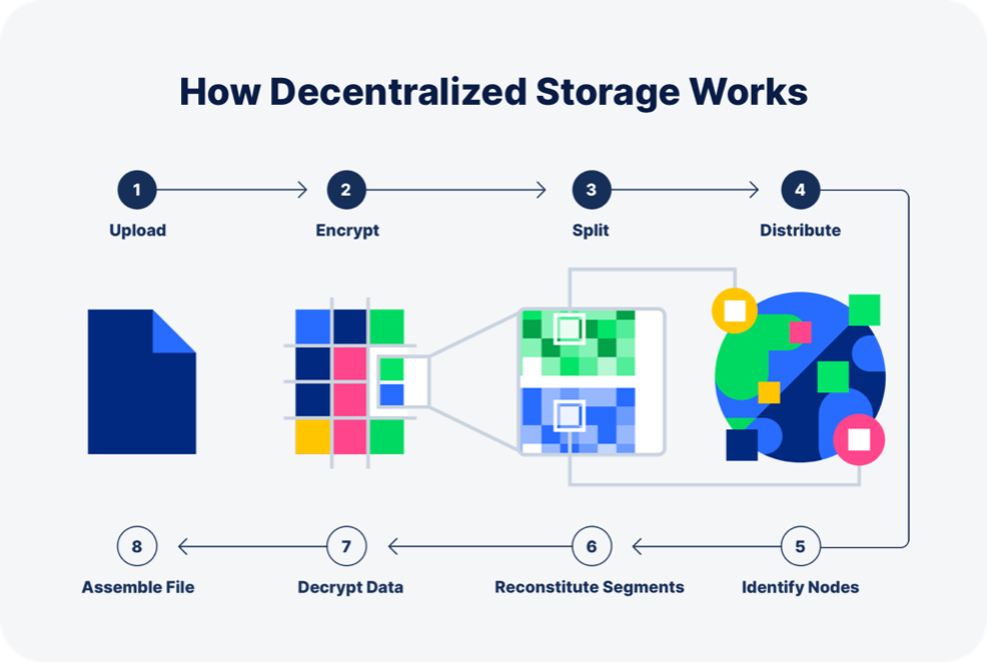Infinite Transactions
Do you sell your shirts in digital sizes?
The earliest transactions can be traced back to ancient New Guinea, where obsidian and flint were traded around 17,000 BCE. The invention of the shekel about 5,000 years ago by the Mesopotamian people greatly simplified trading, resulting in flourishing markets for all types of trade: be it grain, livestock, armies and more. Trading routes emerged and society quickly grew accustomed to the reality that whatever one desires could be obtained with money.
Today, we transact at an unfathomable scale. There are about 20 million credit card transactions every second of every day. Physical money is increasingly replaced with digital currencies and infrastructures, optimized for ‘next day delivery’ to keep up with demand. The goods and services we buy are increasingly digital, too – all aspects of commerce are fundamentally changing.
A ‘skin’ for everything
Modern humans have the complex task of maintaining both physical and (multiple) digital identities. More than one third of the world’s 3 billion gamers regularly spend money on ‘skins’ for their in-game characters or the vehicles in which they ride.
BMW’s Vision Dee, a colour-changing car, points to a future where digital skins could even reach into the physical world. With individually controllable e-ink colour panels on the car, it provides a perfect platform for new skin creation and trading.
LG recently announced a technology that could bring digital skins to even more surfaces. LG’s transparent OLED can be integrated into anything see-through (like glass), opening new doors for transactions like skins for your home, or dynamic advertising space on large ‘glass-rich’ skyscrapers.

LGs transparent Display
The volatile allure of NFTs
Beyond cars and buildings, NFTs are a dynamic but volatile growth area, with their value and awareness in a constant state of flux. This has left bad impressions on many, with just 15% of consumers thinking they are a good investment.
However, some NFT brands are working hard to prove their physical and digital value. Doodles, an NFT brand creating visual avatars, collaborated with Shopify on a first token-gated retail drop. NFT holders could visit this pop-up shop to get a personalised in-store experience with the opportunity to buy real merchandise. The event itself drew thousands of visitors and showcased how an NFT can provide value beyond the digital realm.

A couple activating a personalized experience in the Doodle Pop up shop with their NFT
Towards decentralised carbon credits
Just as we can ‘tokenize’ digital art and merchandise, we see an increased interest in tokenizing carbon credits, designed for large companies looking to offset their emissions. Still, the regenerative finance (ReFi) industry is plagued by fraudulent practices, such as double counting.
“Say for instance you’re Microsoft or Exxon, and you want to buy hundreds of millions of carbon credits. Right now, you have to do a bunch of due diligence to find out if these carbon credits are any good.” – Jonmichael Hands, CHIA
CHIA, a blockchain and cryptocurrency provider, is looking to solve that. Working together with the IFC and the Climate Warehouse, CHIA offers fully verified carbon tokens traded on its blockchain, bringing transparency, integrity, and traceability to the ReFi market.
Micro transactions and the fight over consumer data
Payments aside, there are micro transactions happening covertly on a much larger scale. Data transactions, where personal and behavioural data gets exchanged for consumer ‘convenience’, form the foundation of the world’s largest companies like Google, Amazon, Microsoft and others. Yet consumers are growing increasingly concerned about the data that is being collected.
Consumer concern is justified, with companies like Twitter, Google, and Revolut falling victim to data breaches. These breaches point to flaws in our traditional database infrastructures. Luckily, storj is working hard to make data breaches a thing of the past. Using a decentralized approach, they can offer lightning-fast storage at a fraction of the current cost. Since every file on storj is split, encrypted and stored across the network of 16,000 community nodes, it is (virtually) impossible for data breaches to occur on this solution.

Storj’s storage process
Hitting close to home
While large companies are eager to scrape data from their consumers, consumers are keen to better understand their home data. U.S. homeowners already have an average of 20 connected devices per household to do just that, representing a mass of in-home data transactions.
“When you think about how the home was operated, maybe 15, 20 years ago. You were picking up the remote, you were hitting switches, being very active…sensors & signals give the ability for the home to be ahead of things.” – Alex Capecelatro, CEO Josh.ai
‘Smartification’ of our homes has brought new levels of convenience into our lives, yet many smart sensors and cameras are only capable of collecting and reporting data. Acting on this data is left to the homeowner. There’s a tremendous opportunity for smart home sensors to remove the need for human intervention, letting the sensors orchestrate a better in-home experience, energy management and security.
A big obstacle to this has been the lack of a common language between sensors. Smart home products are increasingly adopting the Matter standard, a foundational communication layer for connected things. Allowing cross-device and cross-vendor “machine” transactions will ultimately lead to smarter living.
Conclusion
What we buy will increasingly manifest in both physical and digital (‘phygital’) forms. Similarly, the transactions underpinning our evolving world of commerce will employ digital and physical representations of currency. The new forms of transactions across realities and personal boundaries require the highest level of security, reliability, and integrity. Decentralized technologies and methodologies, when executed with care, provide the right infrastructure for our future transaction landscape.



